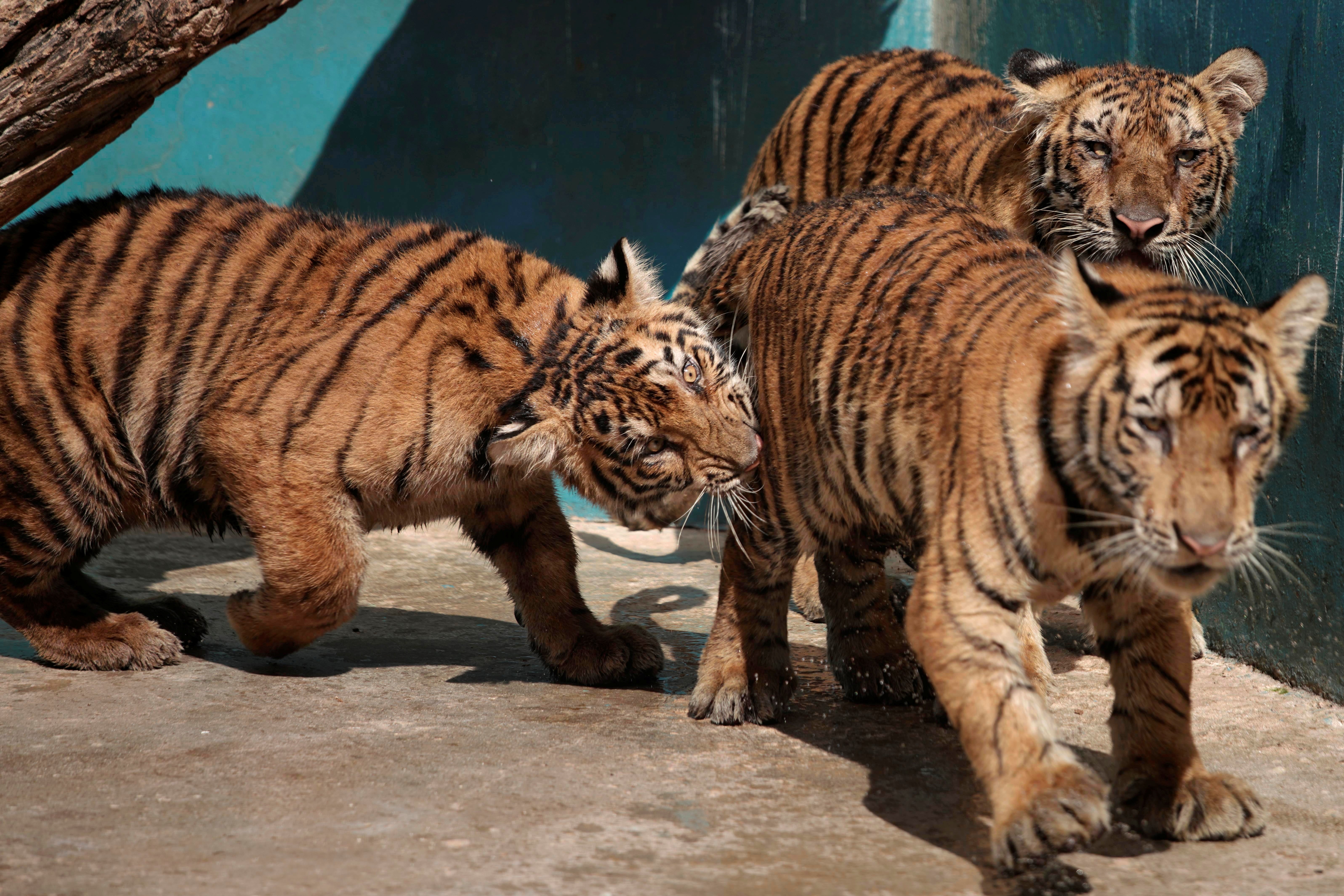Surge in pandemic baby animals brings joy to Cuba’s national zoo
Officials say the baby boom includes 10 births of high-value species in danger of extinction

Your support helps us to tell the story
From reproductive rights to climate change to Big Tech, The Independent is on the ground when the story is developing. Whether it's investigating the financials of Elon Musk's pro-Trump PAC or producing our latest documentary, 'The A Word', which shines a light on the American women fighting for reproductive rights, we know how important it is to parse out the facts from the messaging.
At such a critical moment in US history, we need reporters on the ground. Your donation allows us to keep sending journalists to speak to both sides of the story.
The Independent is trusted by Americans across the entire political spectrum. And unlike many other quality news outlets, we choose not to lock Americans out of our reporting and analysis with paywalls. We believe quality journalism should be available to everyone, paid for by those who can afford it.
Your support makes all the difference.Cuba’s National Zoo has seen a big baby boom, with several species of exotic and endangered animals using the peace and quiet of the coronavirus pandemic to reproduce.
“Although the pandemic has been negative for humans, in the case of zoos it was beneficial,” Rachel Ortiz, zoo veterinarian told Reuters.
“In particular our park has had more than 10 births of high-value species, in danger of extinction and that may at some point restore biological diversity.”
The newborn animals include leopards, Bengal tigers, zebras, giraffes, antelopes and oxen, reported The Guardian.
Cuba had shut its borders early in the pandemic and remained under strict restrictions for almost two years to limit the spread of the coronavirus.
With the zoo shut, Ms Ortiz said that the animals were calm as high volume of visitors inhibits reproduction during a normal year.
The pandemic also allowed zoo officials to dedicate time and attention to animals to ensure successful births. One such special birth involved a spotted baby giraffe, which officials recalled as being a “special achievement.”
In March, four Bengal tigers were born, including a rare white tiger, after two decades of attempts to breed the endangered animals, reported Al Jazeera.
Angel Cordero, a tiger specialist at the zoo, had then said that while all births at the zoo are important, special attention is given to animals that are in danger of extinction or rare, because “we know we are helping this species to not disappear from the world.”
Of the newborn animals, the new giraffe and the leopard can be seen by visitors as the zoo has opened up.
The Cuba National Zoo is home to 1,473 specimens of more than 120 species of large and small animals.
Join our commenting forum
Join thought-provoking conversations, follow other Independent readers and see their replies
Comments